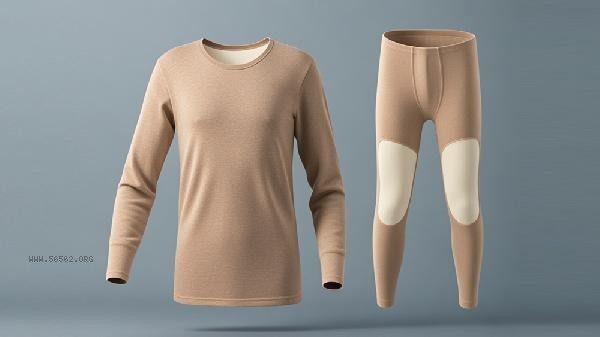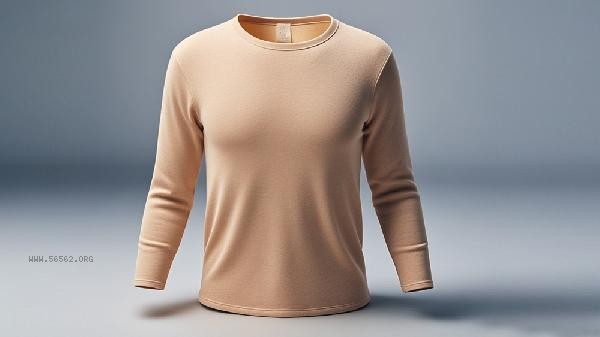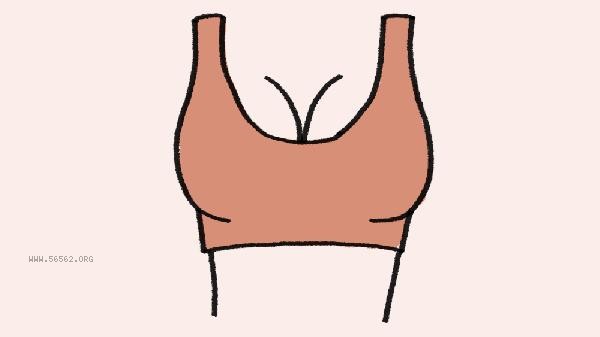Thermal underwear is not necessarily thicker, the warmer it is. The insulation effect mainly depends on the material, structural design, and fiber characteristics. The key factors affecting thermal insulation performance include fiber thermal conductivity, air layer thickness, moisture absorption and heating function, breathability, and adhesion.

1. Fiber Thermal Conductivity
Natural fibers such as wool and cashmere have lower thermal conductivity and can effectively block body temperature loss. Some synthetic fibers achieve static air storage through hollow structures or irregular cross-sectional designs, which can improve thermal insulation more effectively than simply increasing thickness. Far infrared thermal storage fibers achieve active heating by absorbing human body radiation heat energy, and the thickness has little effect on this type of function.
2. Air layer thickness
The static air layer formed between fibers is the insulation core, but excessive thickness can cause air convection and instead dissipate heat. High quality thermal underwear adopts three-dimensional weaving to form stable air pockets, such as the fleece structure of German velvet or the 3D bubble structure of seamless knitting, which is more scientific than simply thickening the fabric.
3. Moisture absorption and heating function
Some regenerated cellulose fibers generate heat energy when absorbing sweat water molecules, and the insulation effect of such materials is not directly related to their thickness. The scientific ratio of heating fiber and insulation fiber is more effective in maintaining a constant temperature than simply increasing the weight.

4. Breathability balance
Thick fabrics can easily lead to sweat accumulation, and wet and cold environments can actually lower the perceived temperature. The fabric adopts a partition design, with high breathable mesh in areas prone to sweating and a dense structure in the core insulation area, which is more ergonomic than overall thickening.
5. Effect of Fit
Underwear that is too heavy can easily create gaps, causing cold air to enter. Moderately elastic fabrics form a thermal cycling layer through tight fitting. Although materials such as space cotton are thin, they can adjust their porosity with body temperature to achieve dynamic warmth retention.

When choosing thermal underwear, attention should be paid to the thermal resistance value (Clo) on the tag rather than the thickness. It is recommended to use a three-layer dressing method: the inner layer should be made of moisture absorbing and heat generating materials, the middle layer should retain an air layer, and the outer layer should be windproof and waterproof. Avoid excessive reliance on a single clothing thickness, and it is better to choose thin thermal underwear with humidity management function during exercise. Regularly check the elasticity of underwear, as heavy underwear that loses its fit can actually reduce its insulation efficiency. Special groups such as diabetes patients should give priority to air permeability to prevent itching caused by overheating.








Comments (0)
Leave a Comment
No comments yet
Be the first to share your thoughts!